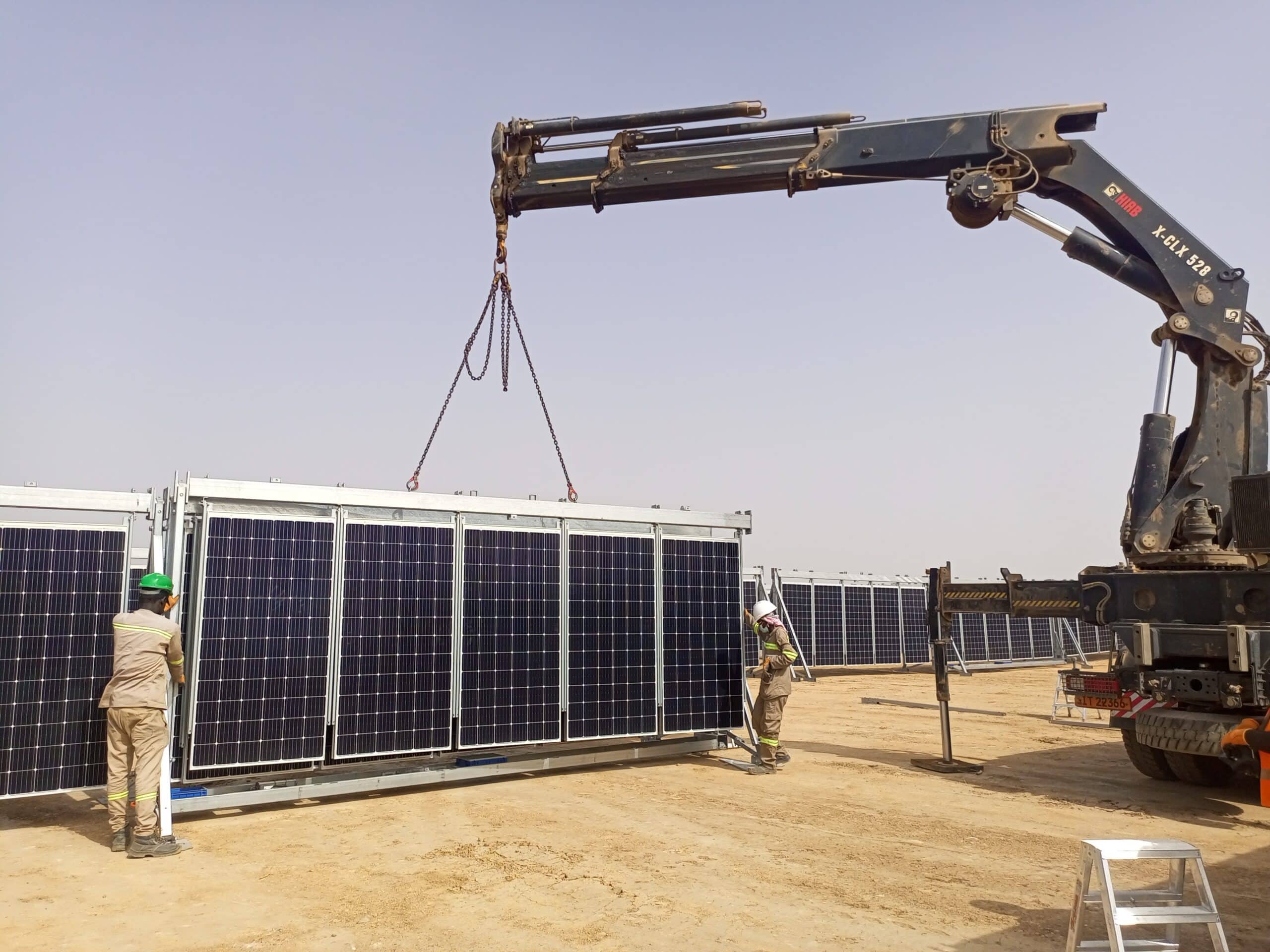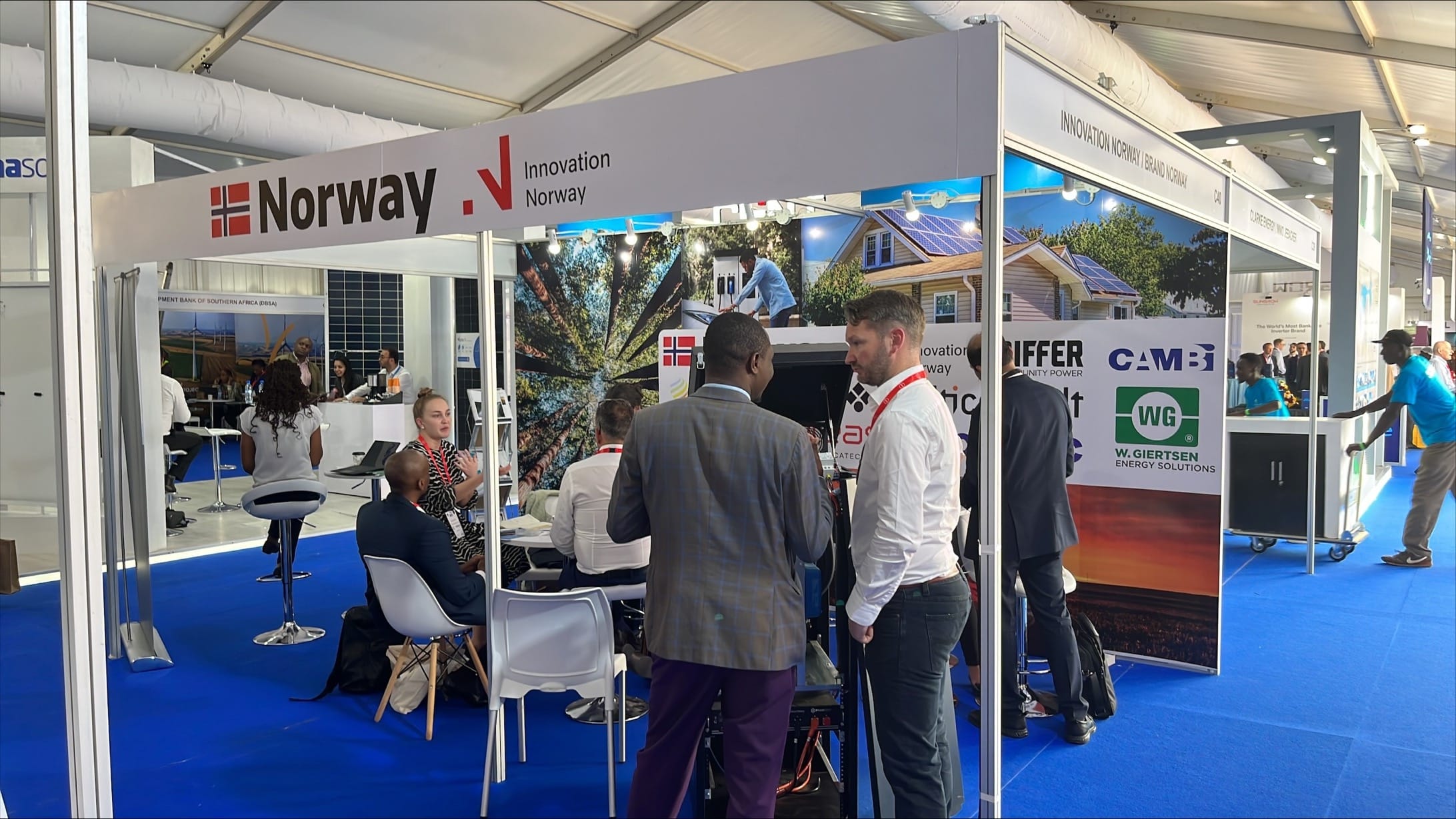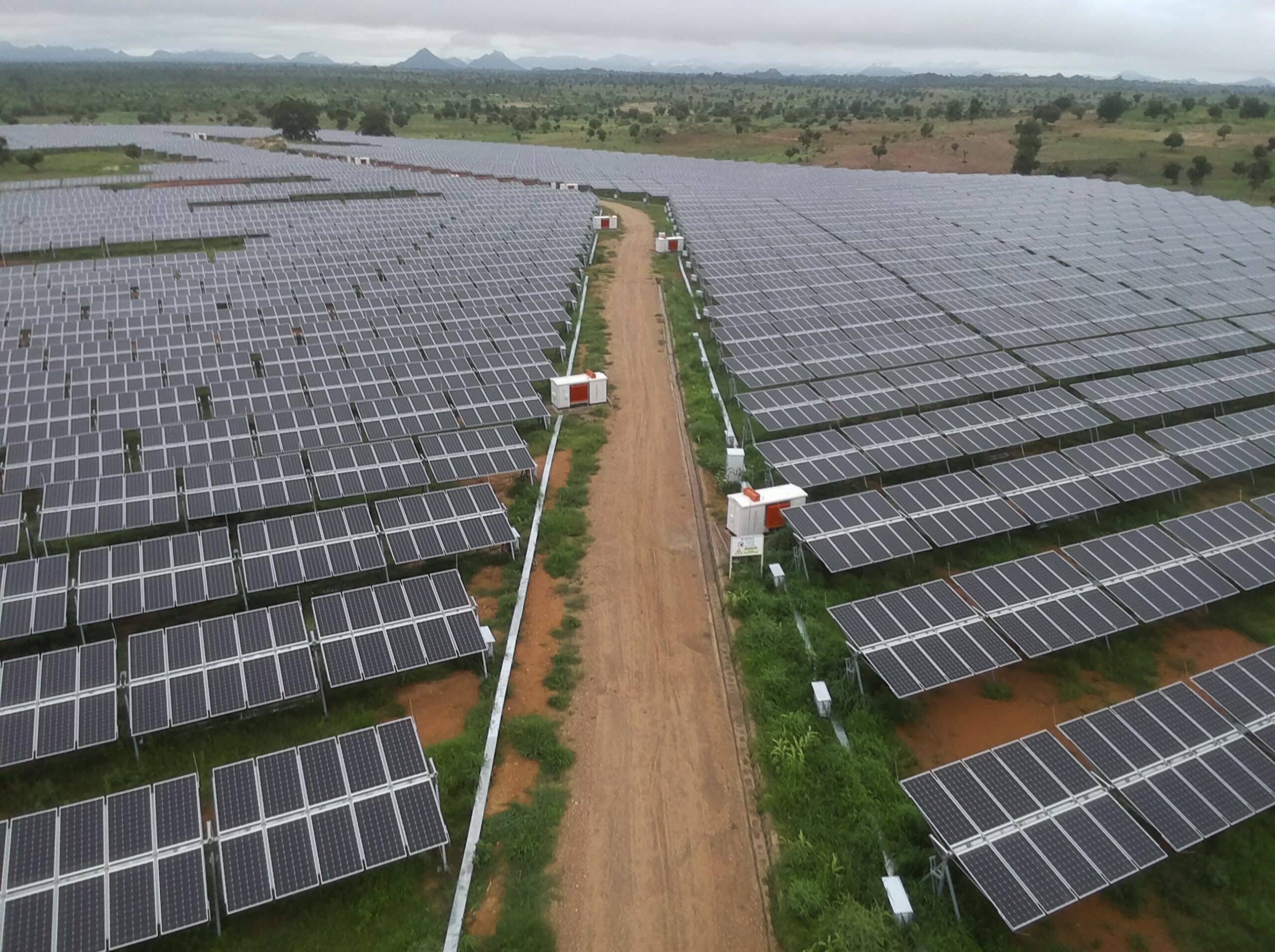Closing Africa’s energy gap requires a completely new approach
22.06.23

We’re at Africa Energy Forum, working with governments and industry on ways to close the continent’s energy gap.
Hear from our CEO, Hans Olav Kvalvaag, on how a new approach is needed to secure sustainable energy access for Africa.

AEF, Kenya 2023.
In our rapidly changing energy world, we must acknowledge that emerging economies may require a very different recipe for success in the clean energy transition.
We live in an age of affordable clean energy generated from wind turbines, hydro plants, and solar panels. Companies and entire countries have set ambitious low carbon targets and we are experiencing a fast-changing energy world and the rapid rise of clean technologies.
Fatih Birol, the executive director of the IEA, called it a “historic moment”. The world is finally seeing the fruits of our investments, and clean energy is hitting its stride with peak fossil fuel demand fast approaching.
But we must ask ourselves if we are truly doing enough to ensure that emerging economies, in places such as Africa, can keep pace and benefit from cleaner and more available sources of power?
There remain parts of the world where the transition is simply not happening as quickly. It’s often in these places that the energy gap persists, or the region suffers from power shortages related in one way or another to climate change and/or the often-prohibitive costs of fossil imports.
The typical way of building major power infrastructure won’t work everywhere
In Africa, the energy gap is present on much of the continent, and many countries still lack sufficient power structures to electrify their homes and businesses. The typical, complex, and capital-intensive way of delivering power simply won’t work here, which is why we need to think differently.
The world’s ability to bring clean energy to every corner of Africa and beyond will come down to our ability to adapt and embrace solutions that account for the unique needs, geographies, and available resources of each region. And in some regions and certain industries, the dependency on fossil fuels will be hard to shake.
This fossil fuel dependency is often due to a lack of resources and sometimes an unwillingness to embark on a lengthy transition to an alternative energy source, a process that would require regulatory approvals, major infrastructure buildout and grid modernisation, coupled with contracts that may lock them in for 25 or more years to a single source of power. It’s not exactly an appetising journey to take if you are a nation grappling with persistent power outages combined with a large portion of the population kept in the dark.
Without power, poverty perpetuates
At the same time, these emerging economies are poised to advance, they need to advance, and their power demand will only grow as they do. People shouldn’t be forced to wait another five or 10 years to get the power they need. Because without power, poverty perpetuates, and progress is hindered.
Flexibility is the way forward. Whether you are a utility company in Chad or a mining operation in Sierra Leone, your needs are unique and your need for scalability is high. Realistically, the priority isn’t necessarily clean energy in these cases but rather it’s about getting affordable power as soon as possible. And right now, the most affordable power is solar.
This was the starting point that led us to develop leasable, re-deployable power plants, based on solar power and battery energy storage. We call it “Release” and it enables much-needed flexibility for emerging economies in that the infrastructure is not fixed, it can be leased for the duration of need, and it can be scaled when and if demand grows.
At the same time, the power we deliver is primarily solar – which as of today is more affordable than the fossil alternatives. On top of this, a Release power plant can be installed on site, meaning transport costs can be eliminated, and locals can be trained to operate it.

Release deployed, Cameroon.
Stabilising energy supply in Northern Cameroon within six months
One of our first Release projects was with ENEO, the North Cameroon utility company. They were looking for a way to boost their power supply, as their hydropower reserves were lacking due to extensive droughts. Within six months of our agreement, we were already deploying solar power to the people of Northern Cameroon, bringing long awaited electricity to many for the first time. Today, this region can boast the most stable power situation in the country.
The future energy picture will not be one size fits all. We cannot copy and paste the standard power project model on an African nation. The UN has made it clear that emerging economies cannot be left behind in the energy transition, but perhaps even more urgently, these economies require the stimulation that rapid access to electricity can provide. As a leading renewable energy provider, we see it as our responsibility to find solutions, move faster, and create opportunities for people. It’s time to light up Africa, and we believe that Release is just the beginning.

